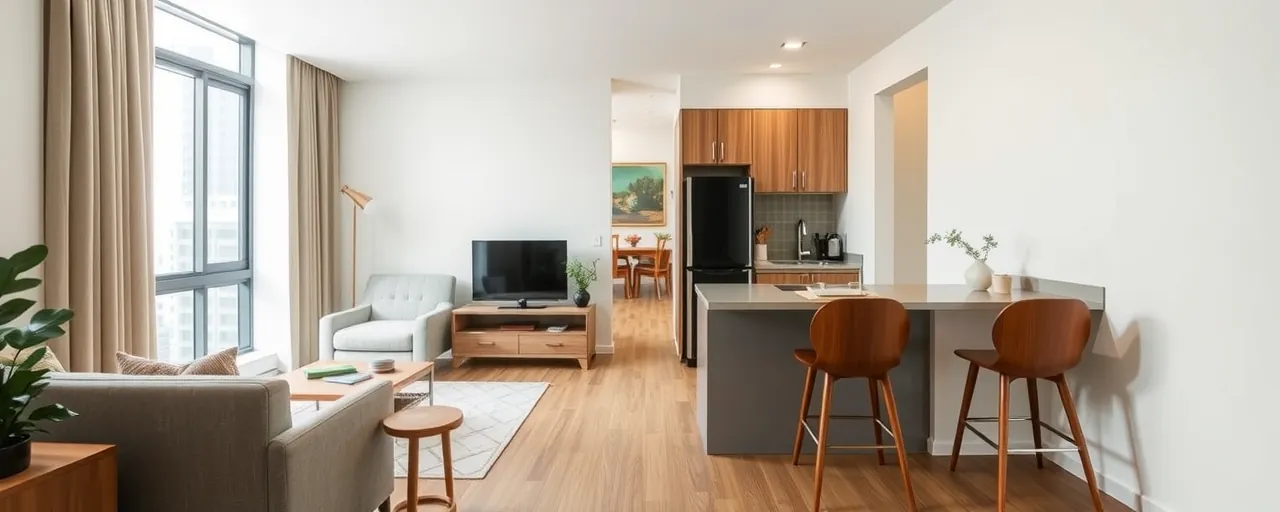A Bold Shift for Times Square
Times Square thrives on constant reinvention, and its latest chapter is no exception. A massive office building at 5 Times Square, once a hub for corporate giants, now sits mostly empty, reflecting a seismic shift in how we work. Rather than letting it fade into obsolescence, New York’s leaders have a new vision: transform this underused space into 1,250 homes, including 313 permanently affordable units for lower-income residents.
The Empire State Development Board’s recent vote to approve this conversion signals a practical response to New York City’s housing crunch. By repurposing nearly one million square feet of office space, the project aims to create a mixed-income community in the heart of Manhattan. It’s a striking example of adapting to modern challenges while keeping the city’s core vibrant.
This transformation owes much to recent policy breakthroughs. Last year, state officials removed a decades-old restriction limiting residential density in New York City, known as the 12 Floor Area Ratio cap. Paired with targeted tax incentives, these changes have opened the door for ambitious projects like 5 Times Square, proving that outdated rules don’t have to dictate the future.
Why This Moment Matters
New York City’s housing shortage is relentless. Nationwide, over half of households can’t afford a $300,000 home, and the U.S. faces a deficit of about eight million housing units. In New York, the situation is dire for low-income renters, with only 35 affordable homes available for every 100 households. Converting 5 Times Square into housing directly addresses this gap, using existing buildings to expand supply without sprawling new development.
The project comes at a pivotal time. Since the pandemic, office vacancy rates have soared, with 5 Times Square’s own spaces 77% unoccupied. Across major cities, vacancies are nearing 19%, driven by hybrid work trends that have redefined office life. Repurposing these buildings into homes not only tackles housing needs but also reinvigorates business districts at risk of decline.
The location’s access to 12 subway lines makes it a standout for transit-oriented development. By prioritizing housing near robust transit, the project reduces reliance on cars and aligns with sustainability goals. Cities like Washington, DC, and Nashville are pursuing similar strategies, recognizing that walkable, transit-rich neighborhoods are key to resilient urban growth.
Weighing Different Approaches
Tackling the housing crisis sparks diverse ideas. Some policymakers advocate for market-led solutions, arguing that easing zoning restrictions and reducing government subsidies can unleash private development. They point to states like Utah, where local reforms have boosted housing production by giving developers more flexibility to meet demand.
Others emphasize public investment to ensure affordability. Supporters of initiatives like New York’s 467-m tax incentive, which mandates affordable units for tax breaks, argue that government involvement guarantees housing for all income levels. Without these policies, they warn, market-driven projects often favor high-end developments that exclude many residents.
Each perspective has merit. Market approaches can drive efficiency, but they may sideline lower-income families. Public programs ensure inclusivity but can face delays or local pushback. The 5 Times Square project blends both, using private investment and public incentives to create a diverse community while leveraging the city’s transit and job access.
The Road Ahead for 5 Times Square
Work on the project is slated to start in late 2025, with initial completions by 2027. Alongside housing, the development will maintain 37,000 square feet of retail space to preserve Times Square’s commercial energy. It’s expected to create 1,400 construction jobs and 830 permanent positions, with a commitment to 30% participation from minority- and women-owned businesses, reflecting a focus on equitable economic impact.
New York has a history of successful conversions. Since the 1990s, tax incentives have turned millions of square feet of office space into over 12,000 homes, particularly in lower Manhattan. The current push, backed by the City of Yes for Housing Opportunity, could yield 18,000 more homes. If 5 Times Square succeeds, it could inspire other cities facing vacant offices and housing shortages.
Challenges persist. Rising construction costs and regulatory hurdles could slow progress. Ensuring that all residents, regardless of income, have equal access to building amenities and nearby services will be critical to making the project a true community hub.
A Broader Vision
The 5 Times Square project is part of a national trend. Cities are rethinking urban spaces, turning old courthouses, banks, and warehouses into housing, cultural centers, and mixed-use hubs. These efforts aim to balance economic growth with community needs, preserving the soul of city centers while adapting to new realities.
For New Yorkers, this project offers a glimmer of relief in a city where affordable housing feels elusive. By transforming a vacant office tower, the city and state demonstrate that bold ideas can make a difference. But it’s only a start, and ongoing collaboration will be essential to sustain progress.
As Times Square evolves, it raises a bigger question: how can cities grow inclusively? The answer lies in projects like this, which prioritize housing, sustainability, and opportunity for all.
